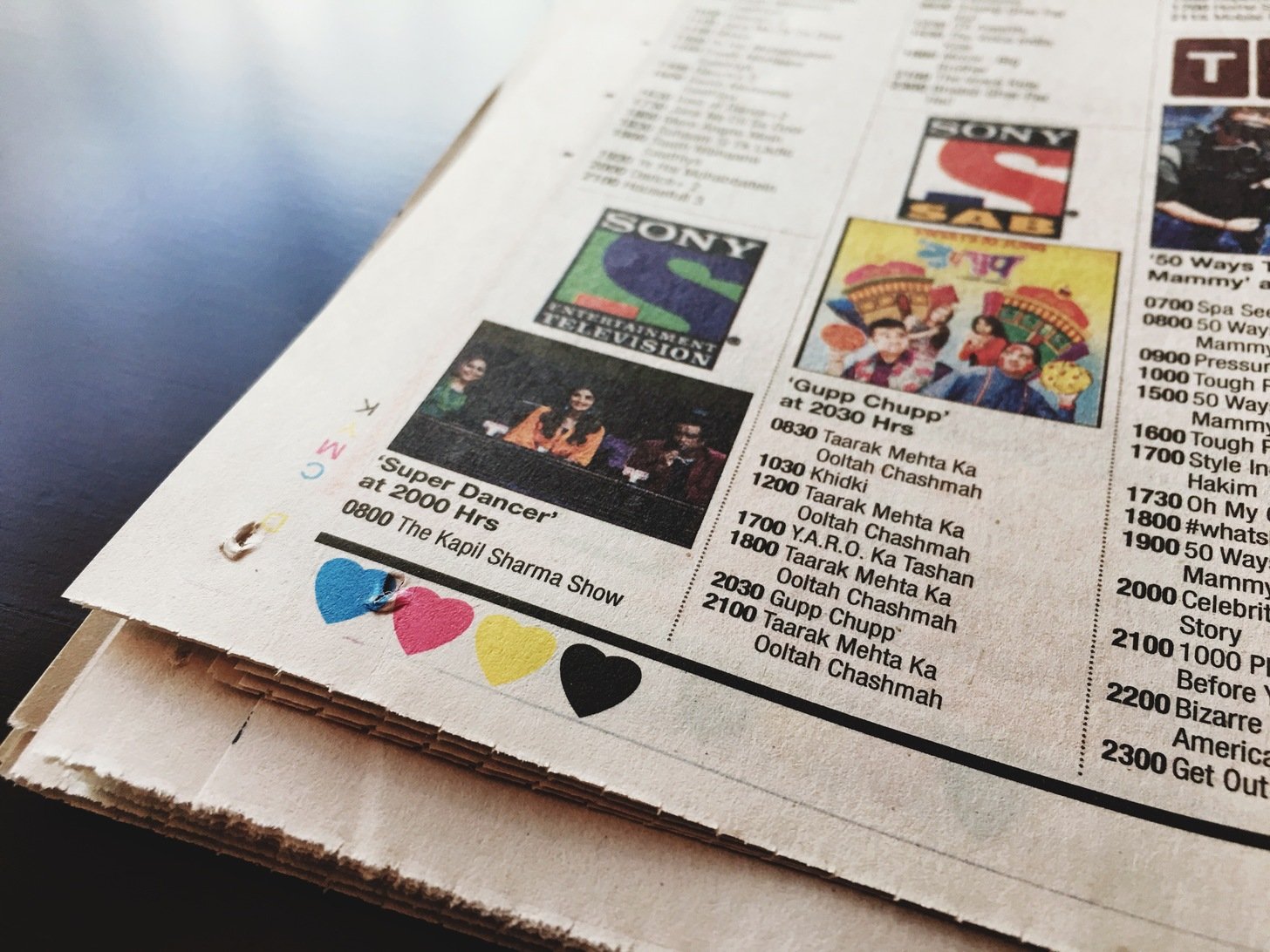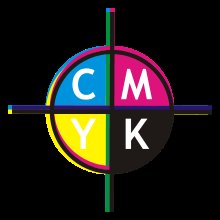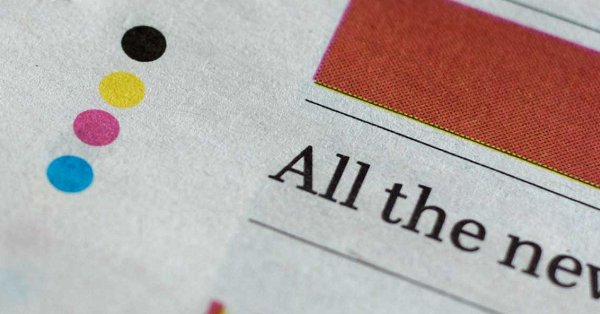There are smaller things in life we never really care to enquire about. And why would we? There is so much going on in the world. Especially when you pick up a newspaper. The read itself keeps you so occupied that your eye does not wander to minute details except for those mentioned in the stories.
But if you’ve been reading the newspaper for a while now, or even if you’ve just piled up a bundle to give to the raddiwala at the end of the month, you must have noticed that all newspapers have 4 coloured dots/hearts/squares at the bottom or on the edges.

While it does not really concern a reader, but there’s no harm in a little bit of extra knowledge now, is there? More so because it comes printed on an information bank that we receive everyday. So why are they there?
Those colours are called CMYK (cyan, magenta, yellow and black), the base colours for all colours used in printing. Basically any colour can be obtained by using these in correct proportions. Plates of all these colours are laid out on a page separately and lined up in the same spot while printing. This is necessary to print a full colour image accurately. If the images are somehow blurry and not crisp enough, you will find the colours overlapping or not in the same line.
This is easier to identify through what printers call “registration marks”, which look like this:

If the plates of different colours don’t align with each other, you know that the image is not registered properly. The marker is also used to identify the density of colours and dot formation.
You may not know the exact number of newspapers that are printed daily, but it is common knowledge that they are done so in abundance. Physically checking all the pages of the paper is not possible. For a printer, who has been doing this for years, knows what an apt CMYK looks like. If there is anything off, he/she will be able to spot it. So basically they serves as ‘printer’s marker’.

The same is also used in books, but those are cut out while binding. Since the bulk quantity of newspapers is much more, they just leave the CMYK marks be.
So the next time you see an image that is blurry, we are sure your eyes will turn to the bottom of your paper.

















